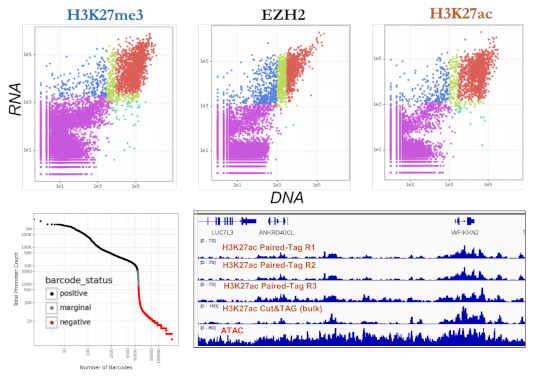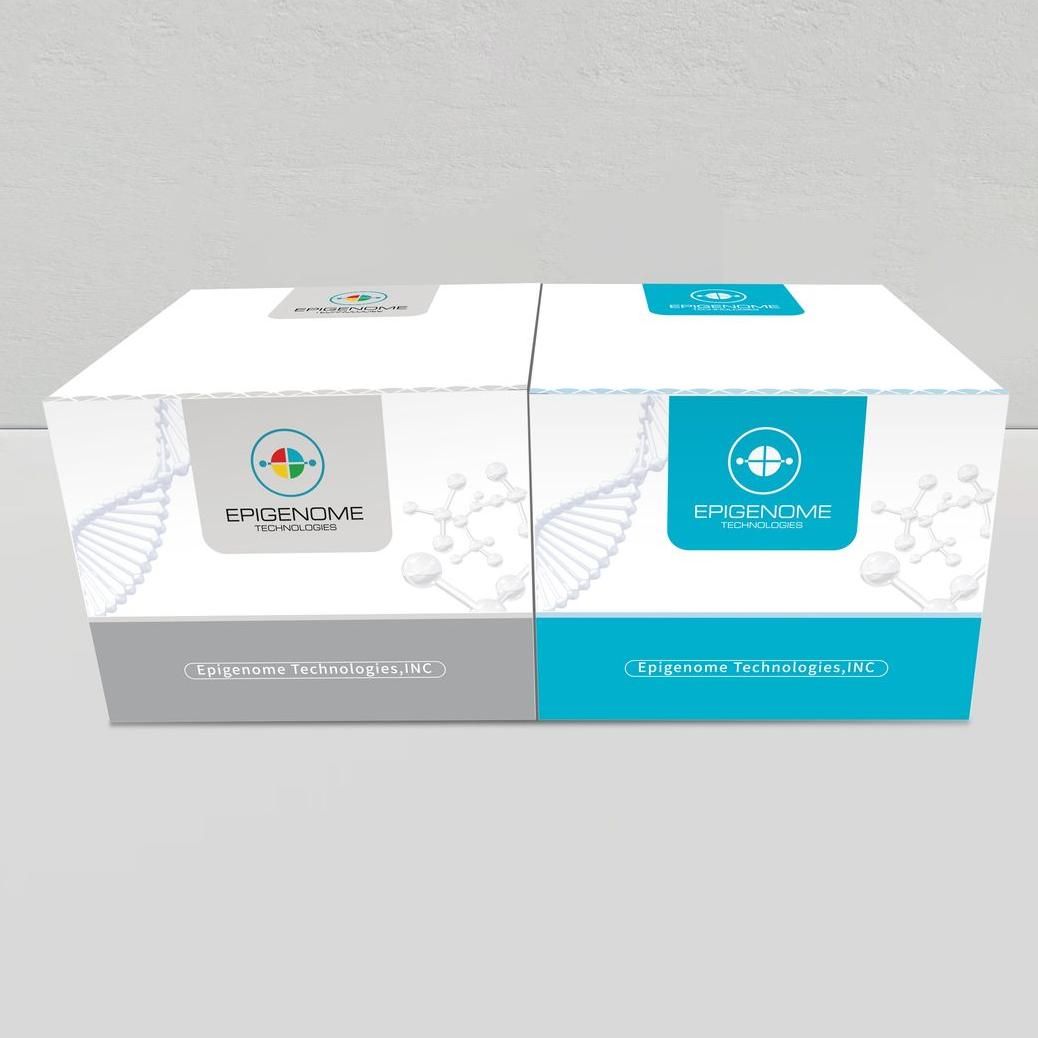Epigenome Droplet Paired-tag™ Kit-optimized for 10x Genomics Multiome
The Droplet Paired-tag™ Kit enables simultaneous detection of histone modifications or transcription factor binding alongside gene expression in the same single cell, using a workflow fully compatible with the 10x Genomics Multiome platform. Built on advanced CUT&Tag chemistry and single-cell RNA capture, it delivers precise, high-resolution insights into gene regulation across heterogeneous tissues.
Epigenome Technologies, Inc. is a biotech company focused on developing next-generation single-cell multiomic tools for high-resolution analysis of epigenetic regulation and gene expression. Originating from the lab of epigenomics pioneer Dr. Bing Ren, the company uses proprietary technology to decode gene regulation with single-cell precision. Its products and services include kits for simultaneous single-cell CUT&Tag and RNA sequencing from the same cell.

Key Advantages
1. Dual-Modality Profiling
Analyze chromatin marks and RNA expression from the same cell to directly link regulatory changes with transcriptional output.
2. 10x Genomics Compatibility
Seamlessly integrates with the 10x Multiome system for high-throughput, droplet-based single-cell capture.
3. Rare Cell Sensitivity
Detect subtle epigenetic variation in rare populations—no expensive cell sorting required.
4. High Precision Epigenetic Targeting
Profile histone modifications, Polycomb Repressive Complexes (PRC), or transcription factors with single-cell resolution.
5. Flexible Application Scope
Supports both basic research and translational workflows, from disease modeling to drug discovery.

Applications
· Complex Disease Models
Combine transcriptomics and epigenetics to unravel mechanisms in cancer, autoimmune disorders, and neurodegenerative diseases.
· Rare Cell Population Analysis
Identify hidden epigenetic signatures in rare or mixed cell populations without the need for enrichment.
· Drug Discovery & Validation
Couple histone modification and RNA data to reveal therapeutic targets and assess mechanism of action or toxicity.
· Biomarker Discovery
Identify regulatory signatures correlated with treatment response, resistance, or disease progression.
Performance
- 📈 Throughput & Coverage: Capture thousands of cells in a single run, with high UMI counts for RNA and DNA profiling: 5000+ UMI/cell for broad marks.
- 🧬 Versatility: Compatible with fresh, frozen, and cryopreserved samples, supporting histone PTMs, chromatin remodelers, and transcription factors
- 🔍Robustness: Bulk and single-cell profiling correlations demonstrate high reproducibility, ensuring confidence in results.

What You Need to Get Started
- Antibody: Validated primary antibody for target of interest
- Single-Cell Platform: 10x Genomics Chromium
- Reagents: 10x Genomics Multiome Kit
- Sequencing: Illumina-compatible sequencing system

